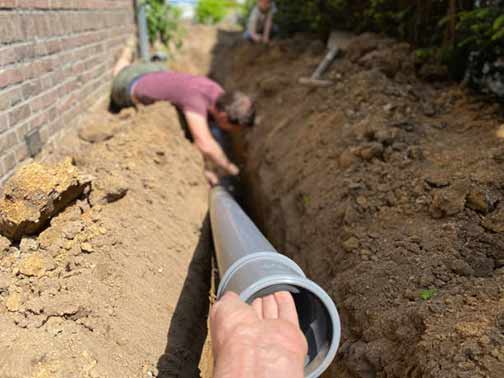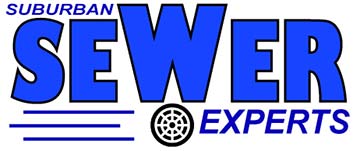
The main sewer line on your property is the termination point for all the various processes in your home’s plumbing, says Gifford Management team. All the water you use in your kitchen, bathroom, and appliances, as well as, the unsanitary contents of your toilet all end up inside the sewer line.
This means that if anything ever happens to your main sewer line, you will not be able to use many of your plumbing fixtures and water-utilizing appliances. Sewer line problems can’t just disrupt your daily life, they can make your home uninhabitable.
Moreover, problems in a home’s sewer line are not always easy to detect, diagnose correctly, and solve efficiently. This is because some of the warning signs of sewer line problems are easy to misunderstand as problems in other parts of the home’s plumbing system.
Secondly, because the sewer line is underground, it is not easy to access the pipes for inspection, in order to evaluate their physical condition or detect problems in the system. Consequently, sewer line problems tend to be discovered late, making the cost of fixing them unnecessarily high.
This is why in this post, we lay out a straightforward plan for managing your home’s sewer system. Most of the elements of this plan are based on the concept of preventive maintenance, which is a strategy that allows you to find and fix problems before they actually happen.
What not to do to your sewer line
- Do not dump fats, oil, and grease into drains
Fat, oil, and grease may be soft and runny inside your kitchen but inside the cooler environment of the sewer line they solidify into hard sticky masses that clog the lines and trap debris. Dispose of fat, grease, and oil in the trash.
- Dispose of food waste properly
Certain types of food waste should never be allowed into your drains. These include coffee grinds, eggshells, mashed potatoes, rice, pasta, and stringy vegetables, to name a few. Also, avoid dumping large pieces of food scraps into the drains. Do not use your waste disposal as a trash bin.
- Be careful of what enters your toilet
Many products labeled as “flushable” are harmful to your toilet and sewer lines. Paper towels, feminine hygiene products, cotton balls, adult baby wipes, cat litter, Q-tips, dental floss, bandages, cigarettes, and pills. Only water, toilet paper, and human waste should enter the toilet.
- Avoid chemical drain cleaners
Chemical drain cleaners offer a quick fix for clogged drains but the convenience of using them comes at a cost. Chemical drain-cleaners contain powerful corrosives and they use intense heat as their primary mechanism for unclogging pipes. The result is chemical drain cleaners actually weaken your sewer line.
What to do to your sewer line
- Use drain screens
Drain screens are simple affordable hardworking devices that save you a ton of trouble. A drain screen keeps hair and debris out of your bathroom drain. They keep food scraps from making their way into the garbage disposal. Also, install them on floor drains and bathtubs, but make sure they are the right size and cleaned regularly.
- Invest in professional sewer inspection
Once a year or at least every two years, you want to have the sewer line professionally inspected. Have a qualified plumber to do a camera inspection of the line. A sewer video inspection is the most reliable way to get in-depth information on the actual condition of your sewer system.
- Scheduled drain cleaning
At least once a year, have the sewer line cleaned professionally. Professional drain cleaning helps you get rid of the buildup inside your sewer line before that debris has a chance to cause problems. Remember that you can’t stop buildup from happening inside your sewer line but you can keep it from clogging the line.
- Control nearby tree roots
Trees improve the curb appeal and market value of your home but if they are too close to your sewer line, they can cause problems. Tree root intrusion into sewer lines is a leading cause of sewer line damage. You can prevent this by installing barriers between the tree roots and your sewer line.
Know the signs of sewer line problems in your home
Knowing the telltale signs of sewer line issues in your home can save you from major problems like sewage backup in your home. What are the warning signs that your sewer line is malfunctioning?
- Bad odors from your plumbing fixtures
- Drain clogs that refuse to go away
- Several drains in the home clogged at the same time
- Pest invasion of your property
- Strange noises from the toilet when you flush
- Wet patches of soil in the yard
If you see any of these signs in your home, get a professional plumber to investigate them.
Finally, you cannot overestimate the value of working with an experienced plumber to avoid sewer line issues in your home. A qualified plumber with expertise in sewer line management can help you spot problems long before they explode into costly sewer line emergencies.


